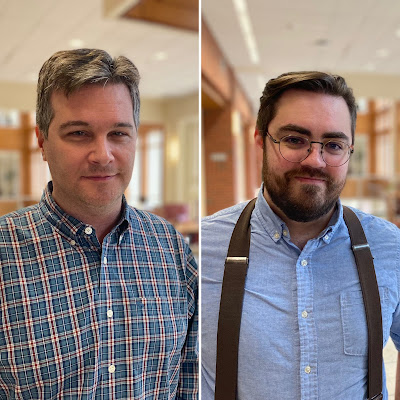Panel highlights water, sanitation shortages

OU Daily
By Elizabeth Oberg/Contributing Writer
Monday, October 18, 2010
A panel of five jurors participated in OU’s WaTER Symposium to discuss key issues about solving the world’s major water problems on Friday.
Estimating more than 2.6 billion people lack adequate sanitation, the World Health Organization also estimates more than 1.1 billion people do not have access to safe drinking water.
The WaTER Center’s mission is “to help solve drinking water and sanitation challenges for impoverished regions in developing countries through innovative teaching and research initiatives,” according to its brochure.
“The only way to tackle a tough problem is to jump in and take it on one thing at a time. It can be done but it’s going to take all of us to contribute to the cause,” said Randy Kolar, associative director of the WaTER Center.
Most of the symposium focused on the five panelists addressing the issues of the global water and sanitation crisis and the work they do, along with discussing the lack of access to safe drinking water for developing countries, poor sanitation and poor hygiene.
“Our job is to advocate and spread the word to the people about this problem,” said panelist Robert Adamski, vice president of Municipal Infrastructure Programs at Gannett Fleming.
Diana Maritza Betancourt, who works for Water for the People in Honduras, said her work focuses on changing hygiene behavior in schools and at home.
“I strongly believe what we are doing now is trying to make a generational change, they [the kids] will replicate these habits,” Betancourt said. “Changing hygiene behavior requires long term intervention and larger regional alliance.”
Another panelist, Jean McCluskey, former UNICEF manager, said it is important to “listen, consult and understand. Give men, women and children their space to voice their opinions.”
Each juror agreed that advocacy and sustainability were important factors in making a change.
“Water holds the key to life on this planet,” OU Provost Nancy Megler said.
According to the World Health Organization, 2 million people die every year due to unsafe water, sanitation and hygiene.
Also during the symposium, the jurors choose a recipient for the 2011 Water Prize.
“We developed the prize to recognize someone whose work in this area is excellent and longstanding in developing countries,” Kolar said.
This year the panel chose Ben Fawcett, an environmental health engineer, lecturer and researcher who has worked on emergency humanitarian projects across Latin America, Asia and Africa and co-authored the book “The Last Taboo: Opening the Door on the Global Sanitation Crisis,” which addresses the hygienic states of developing countries.
Nominating Fawcett was panelist James Mihelcic, civil and environmental engineering professor at the University of South Florida, who said he hopes to create a revolution by distributing Fawcett’s book to campuses across the country and outside the U.S.
“This book is the battle flag for global sanitation,” Mihelcic said.
Awarded every odd-numbered year, the prize was first awarded in 2009 to Dr. Stephen P. Luby, who works for the International Centre for Diarrhoeal Disease Research in Bangladesh. He is the head of the Programme on Infectious Diseases and Vaccine Sciences and the head of the Bangladesh Center for Disease Control.
The winner of the prize is chosen by the jurors from one of the individuals each juror nominates.
“The ripple effect of the water center and its prize will be palpable and it will get bigger and do more,” said Robert Con Davis, former dean of the Honors College and Executive Director of World Literature Today and Professor of literature.
The prize will be awarded at the Water Conference Oct. 24 25, 2011.
What this means
» A child dies approximately every 15 seconds because of lack of access to safe water and adequate sanitation.
» The poorest people in underdeveloped countries often pay the highest cost for safe drinking water.
» In the poorest countries in the world, one out of five children dies from a preventable water disease.
» Only a limited amount of fresh water is available (about 3 percent relative to total amount).


